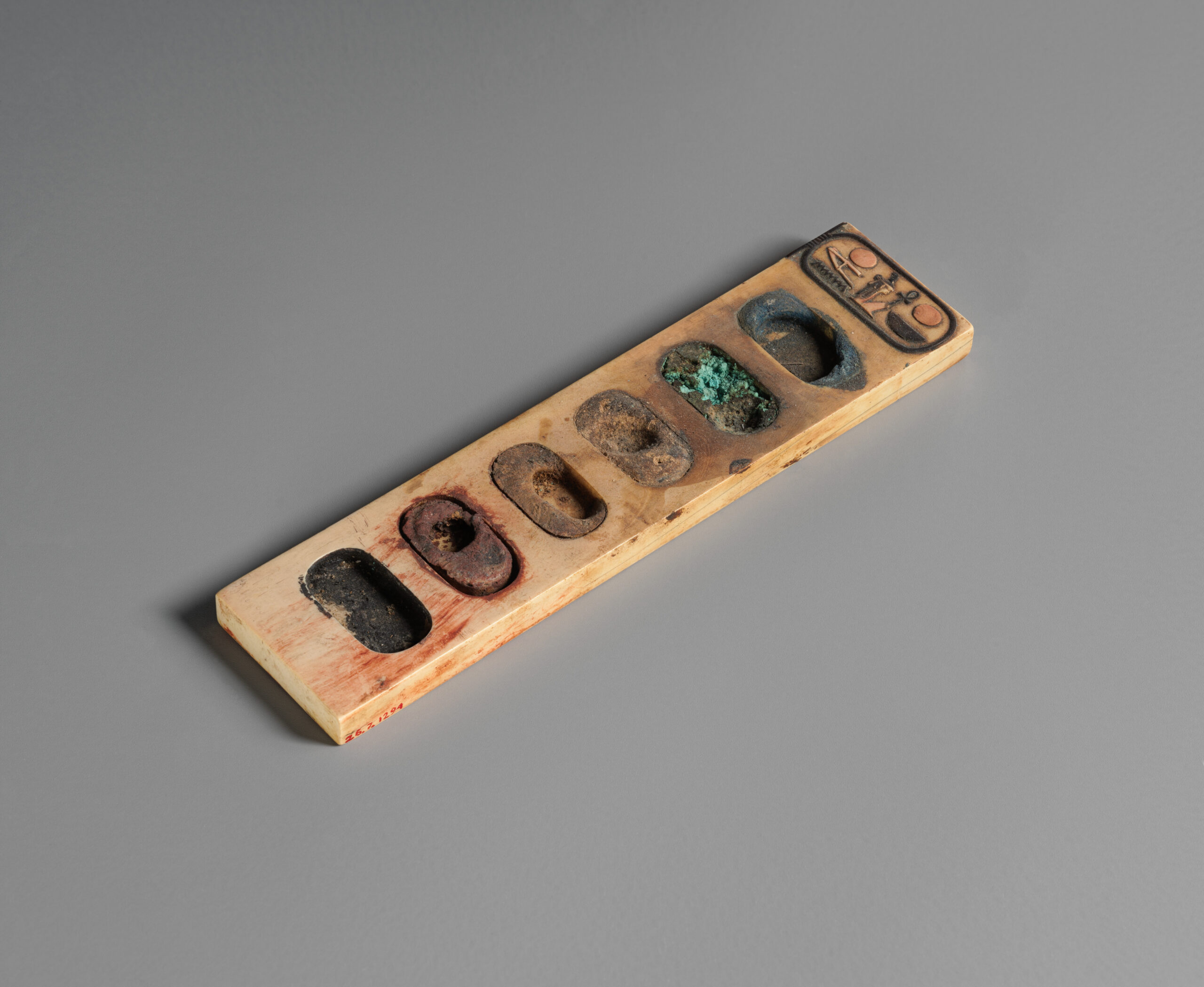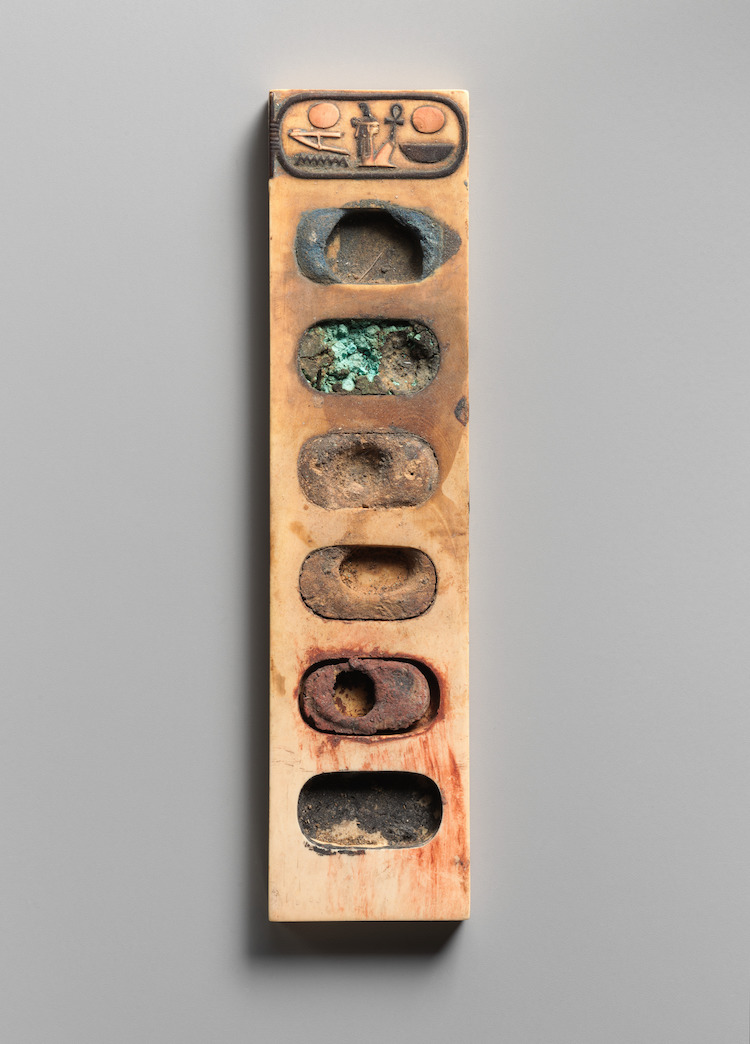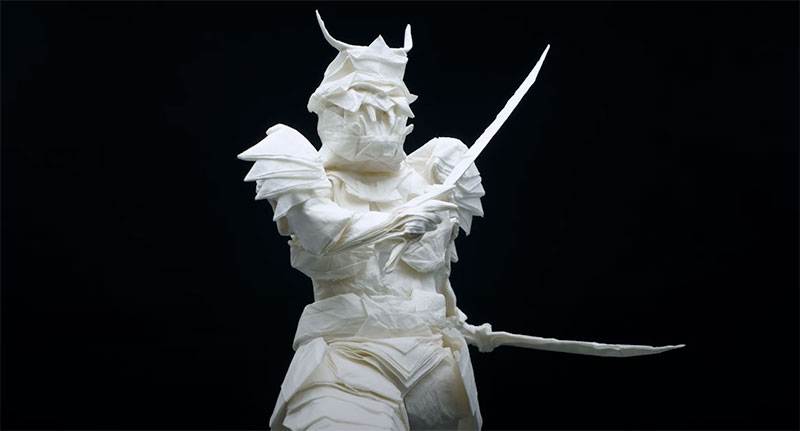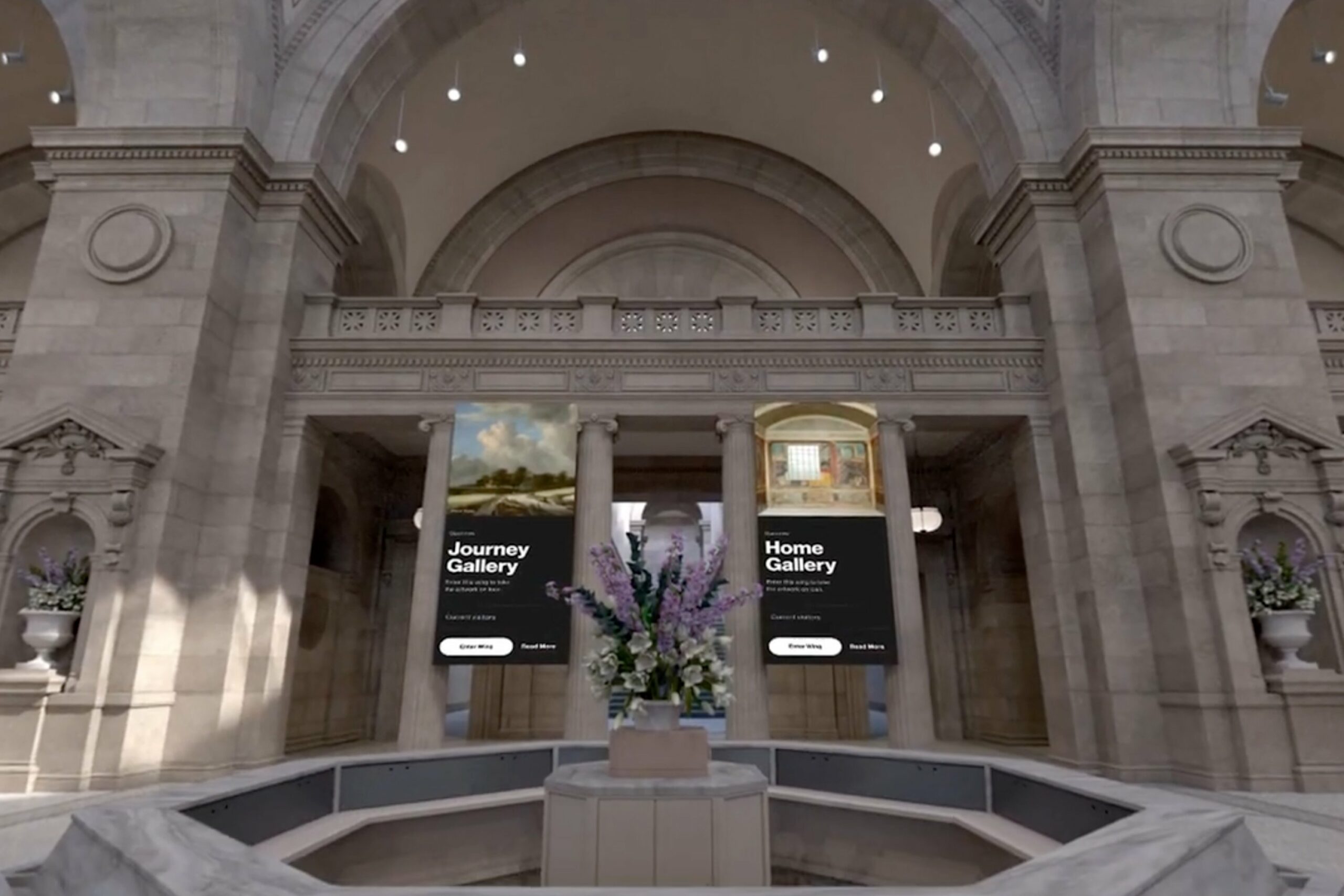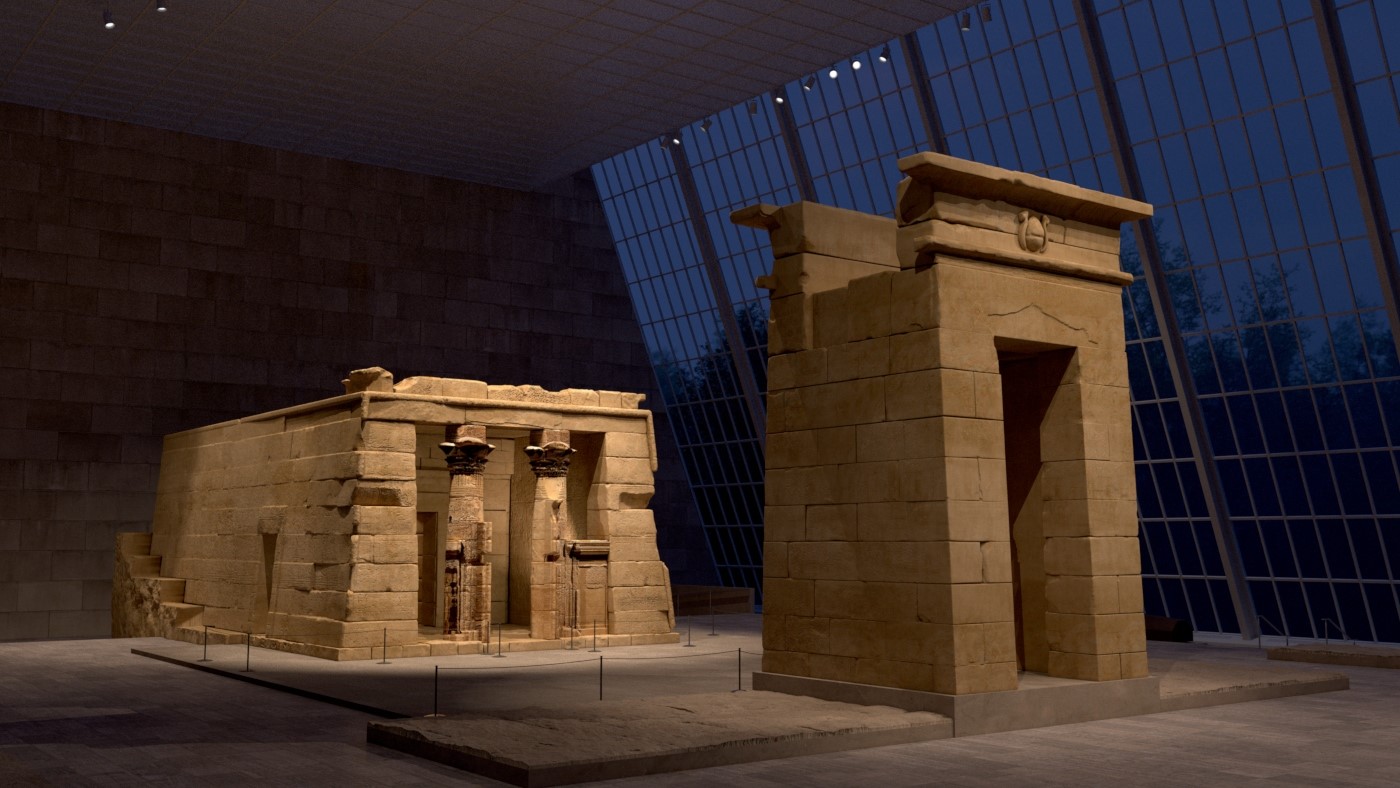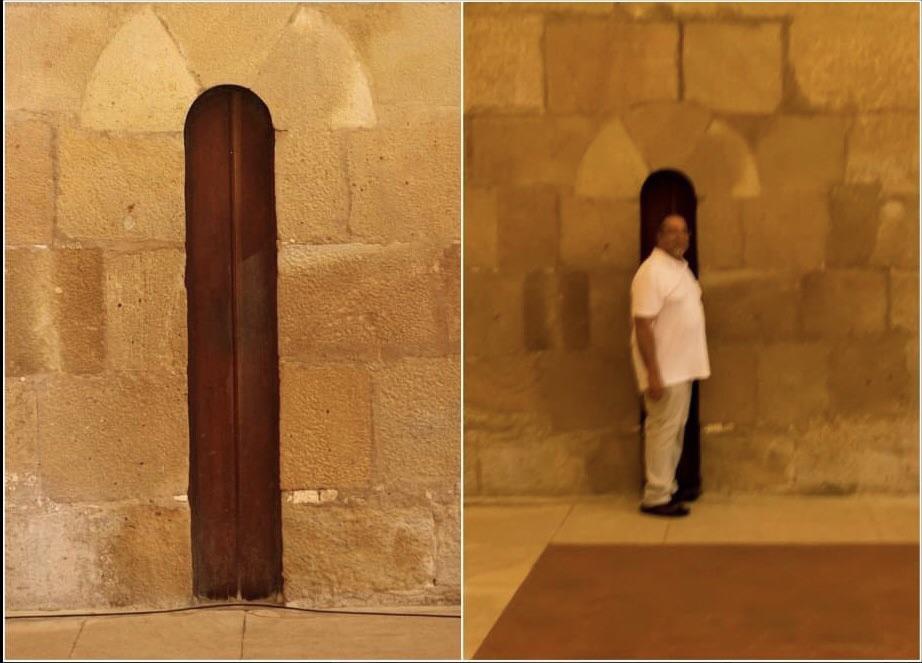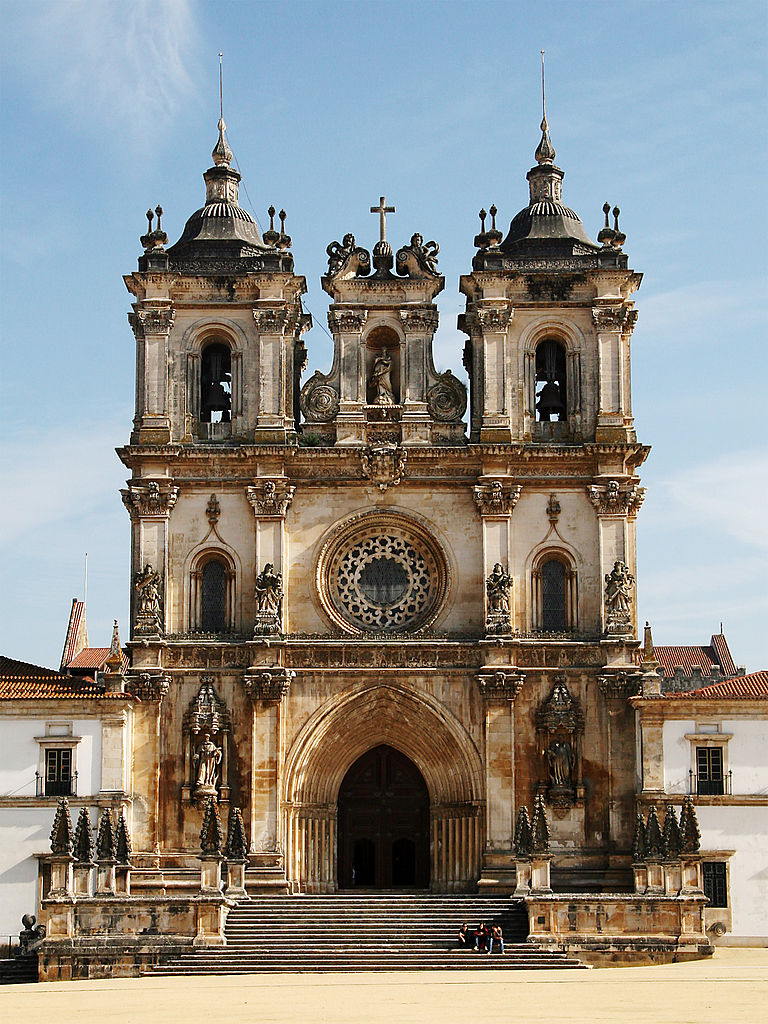The magic of Studio Ghibli’s films owes much to their characters: the high-flying Princess Nausicaä of the Valley of the Wind; the World War I‑fighter ace-turned-swine Porco Rosso; the spirited ten-year-old Chihiro, spirited away into the realm of folklore; the dog-raccoon-bear-cat forest spirit known only as Totoro. But to understand what makes these figures come alive, we must remember that they inhabit living worlds. A Ghibli production stands or falls (which would still count as an artistic triumph at most other studios) on not just character design and animation but background art, which demands the kind of careful and inspired work you can witness in the video above.
The artist at the desk is Kazuo Oga, a veteran background artist credited as art director on Ghibli’s My Neighbor Totoro, Only Yesterday, Pom Poko, Princess Mononoke, and The Tale of Princess Kaguya, among other anime projects. His work begins at about 9:30 in the morning, as he brings out a modestly size sheet of paper and prepares its surface to receive paint.
24 different colors of Japanese-made Nicker Poster Color brand gouache stand ready right nearby, and with them Oga applies the ground, or first layer of paint. Even before he takes a seat, a forest scene has clearly begun to emerge. Then downward strokes become the thin trunks of its trees, which by the early afternoon have branches.
Broadly speaking, Oga works from the large details in toward the small, arriving midway through the 2:00 hour to the stage of adding light purple flowers. These are Paulownia, called kiri in Japan, where these “princess trees” (that also appear on the official Government Seal) carry a certain symbolic weight. The final painting, Paulownia Rain (or kiri same), emerges only at 3:40 in the afternoon, after six hours of painting. This evocative forest landscape attests to the truth of an inversion of the Pareto principle, in that the parts of the job that seem smallest require most of the work to achieve — and to the truth of the Ghibli’s apparent artistic principle that every pain is worth taking.
Related Content:
Studio Ghibli Producer Toshio Suzuki Teaches You How to Draw Totoro in Two Minutes
Watch Hayao Miyazaki Animate the Final Shot of His Final Feature Film, The Wind Rises
A Virtual Tour Inside the Hayao Miyazaki’s Studio Ghibli Museum
Based in Seoul, Colin Marshall writes and broadcasts on cities, language, and culture. His projects include the Substack newsletterBooks on Cities, the book The Stateless City: a Walk through 21st-Century Los Angeles and the video series The City in Cinema. Follow him on Twitter at @colinmarshall, on Facebook, or on Instagram.
